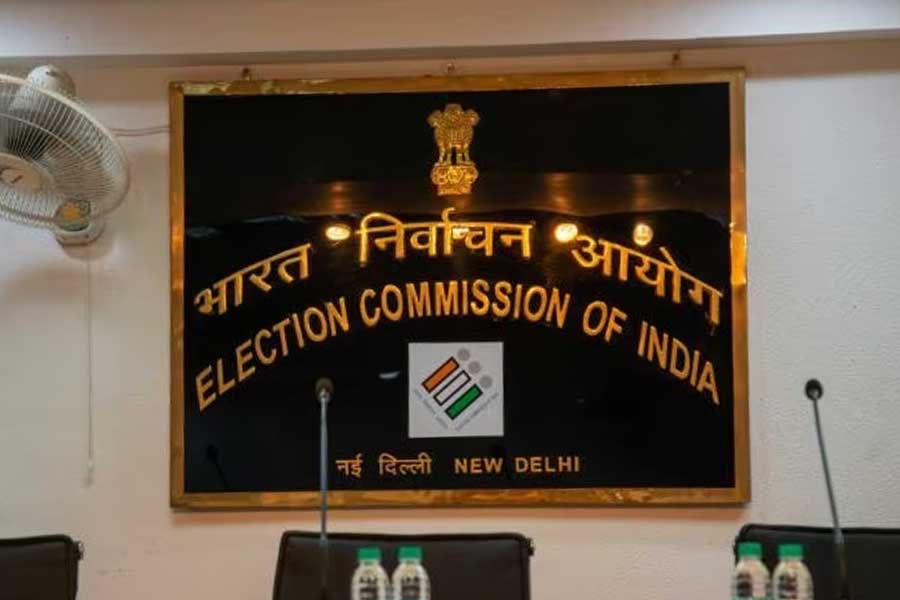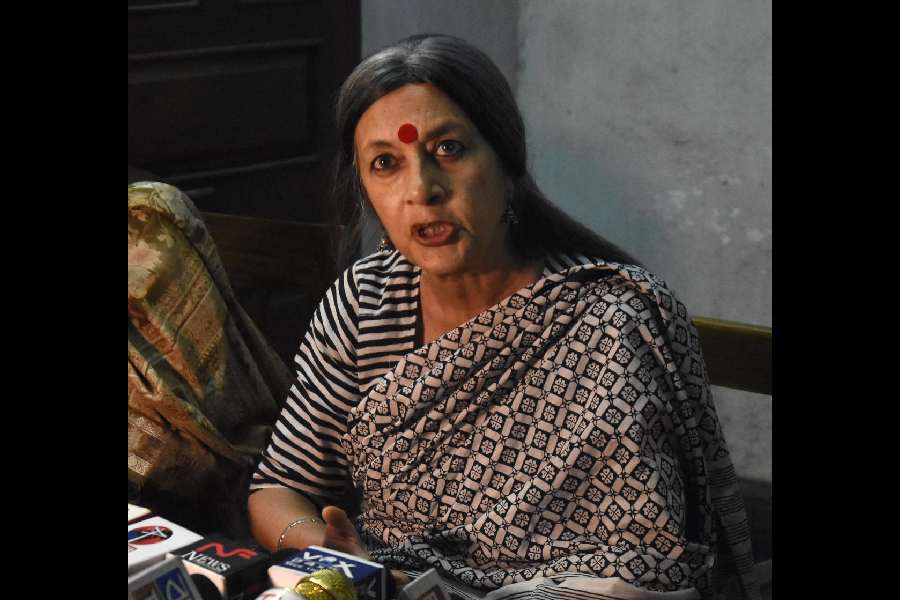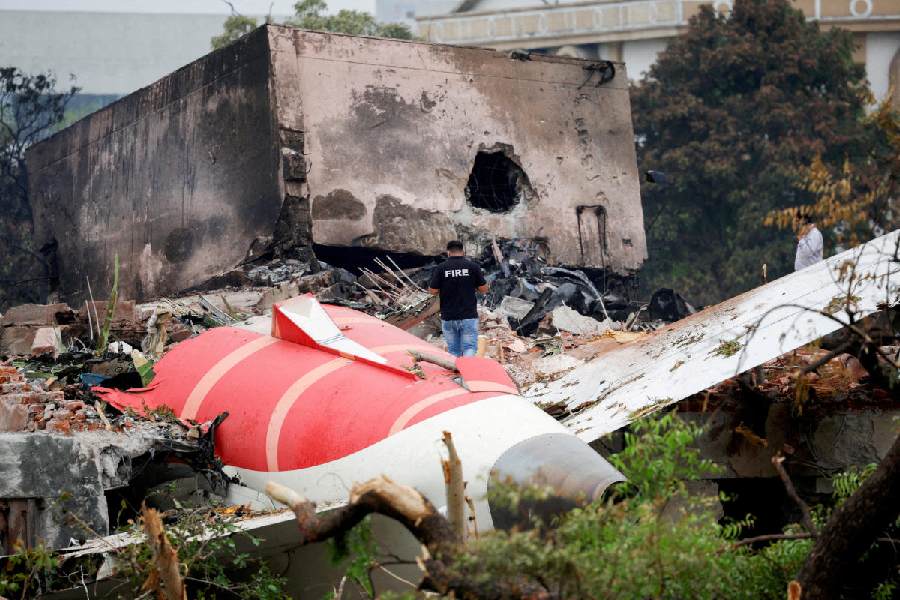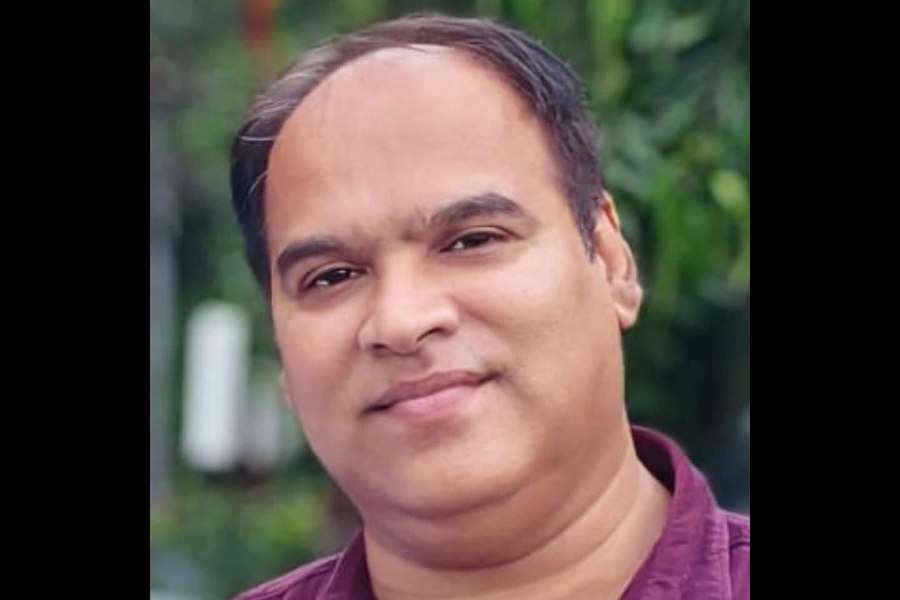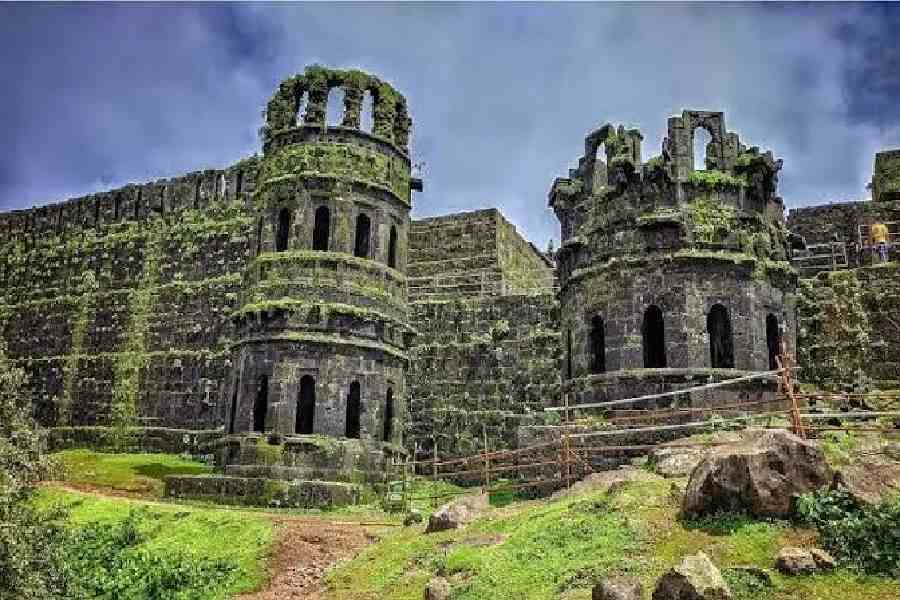 |
| Prints from the past: The Taj Mahal |
Agra, July 7: The fingers may have been chopped off, but the fingerprints have survived.
The names that crafted the world’s most famous monument to love have been retrieved from the sands of time. Symbols and signatures etched by the workers on sandstone slabs have been found by the Archaeological Survey of India on the boundary wall on the southeast and northeast of the Taj Mahal.
According to ASI officials, the latest discovery would add to the marble mausoleum’s mystique ahead of a grand celebration in September to commemorate 350 years of Emperor Shah Jahan’s architectural ode to his beloved, Mumtaz Mahal, who died in childbirth.
Legend has it that the fingers of the labourers were cut off so they could not build another monument like the Taj, though archaeologists claim to have found no evidence to this effect.
D. Dayalang, the Agra circle’s superintending archaeologist, said the motifs with the labourers’ signatures included swastikas, tridents, cymbals, stars and flowers.
“So far, we have identified 671 motifs that include 350 signatures of the labourers. The symbols might have been etched by the workers either in course of their work or after its completion,” Dayalang said.
“The names have been meticulously divided into sections such as dome-makers, garden development department, furnishing workers and inlay artists.”
Some of the names, he said, were in Arabic and Persian and others in Devanagari, the script in which Hindi is written. Dayalang, however, refused to divulge them in view of further investigation. “Many more such names can be found elsewhere in the monument,” he added. The ASI is scanning each and every stone slab on the perimeter wall for more clues.
Dayalang said the signatures of the workers, who were culled from several countries like “Iran, Central Asia and India”, throw new light on the history of the Taj’s architecture.
The ASI, however, is yet to confirm if the “signatures” were those of the workforce or names of colleagues who died in course of the construction that took around around two decades.
“It is possible that some fellow workers etched these symbols in memory of their colleagues and wrote their names,” said an archaeologist involved in the study. Five names, thought to be those of more important workers, occur more than once.
Documents show that nearly 20,000 labourers were deployed to build the Taj when work began in 1631. After completion, the master craftsmen gained fame but the footsoldiers, who did the bulk of the backbreaking labour round-the-clock, were relegated to obscurity.
Ismail Khan Afridi of Turkey is known to have conceived the domes and Md Hanif is believed to have been the superintendent of the masons. But those who toiled under Hanif remain nameless.
The ASI find, coinciding with the preparation for the 350-year celebrations, is set to become a hot tourist attraction. The state government, however, will build a plaque in the workers’ memory -- with their names on it -- only after the ASI issues a confirmation.
The Union ministries of information and broadcasting and culture and tourism are working with the Uttar Pradesh tourism department for the success of the six-month long event, starting September.
Musical soirees, illumination of the Taj and a cultural package are part of the tourism parcel. A Lucknow-based industrial group has been assigned the job of beautifying Agra town.
But archaeologists’ concern for the environment-hit monument’s health is casting a shadow on the preparations.
In 1997, a concert by Greek pianist Yanni had run into rough weather when the Supreme Court clamped a limit of 40 decibels within 100 m of the complex. It also banned viewing of the monument by night fearing ecological degradation and for security reasons.
The Taj heritage corridor, initiated by the former Mayavati government, too, hit an environmental roadblock, triggering a probe into the nature of the project.
The state, however, is planning to petition the apex court to lift the ban on night viewing because of the celebrations. “We have to approach the Supreme Court urging it to relax the ban at least temporarily,” state tourism minister Naresh Agarwal said.
“This is going to be a historic celebration. We are expecting higher turnout of foreign tourists. But we have to ensure that the threat to the monument is minimised,” he added.


